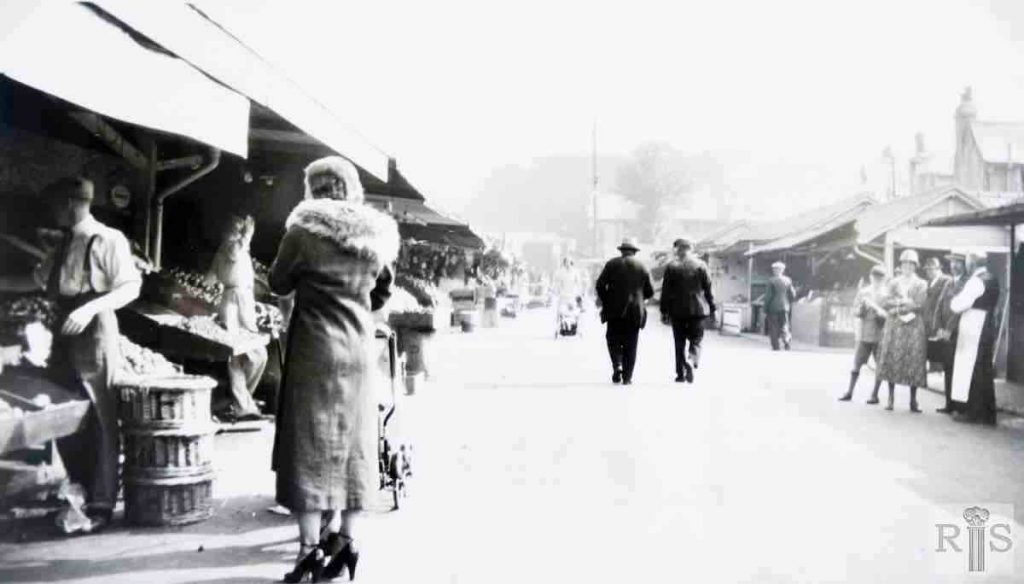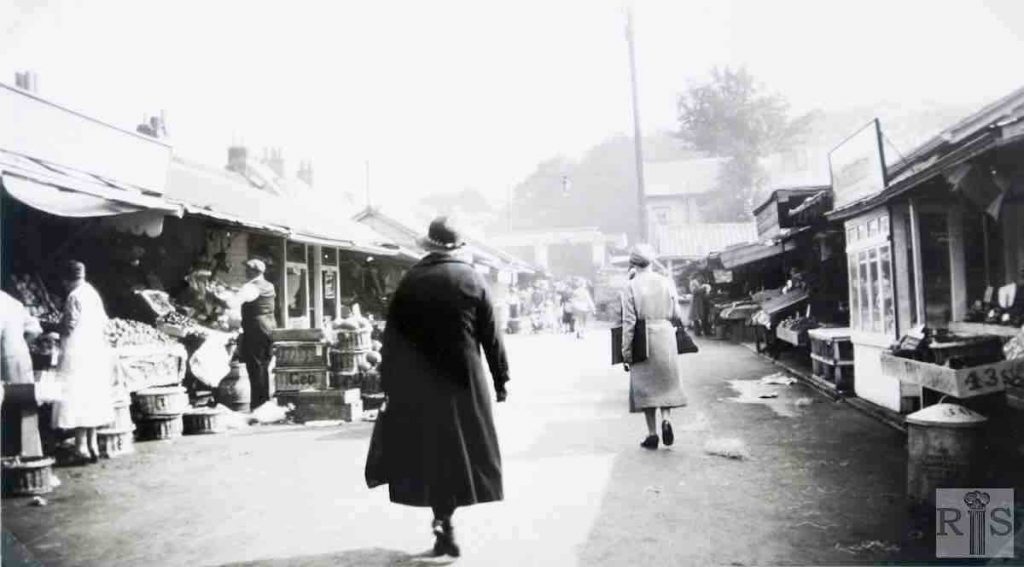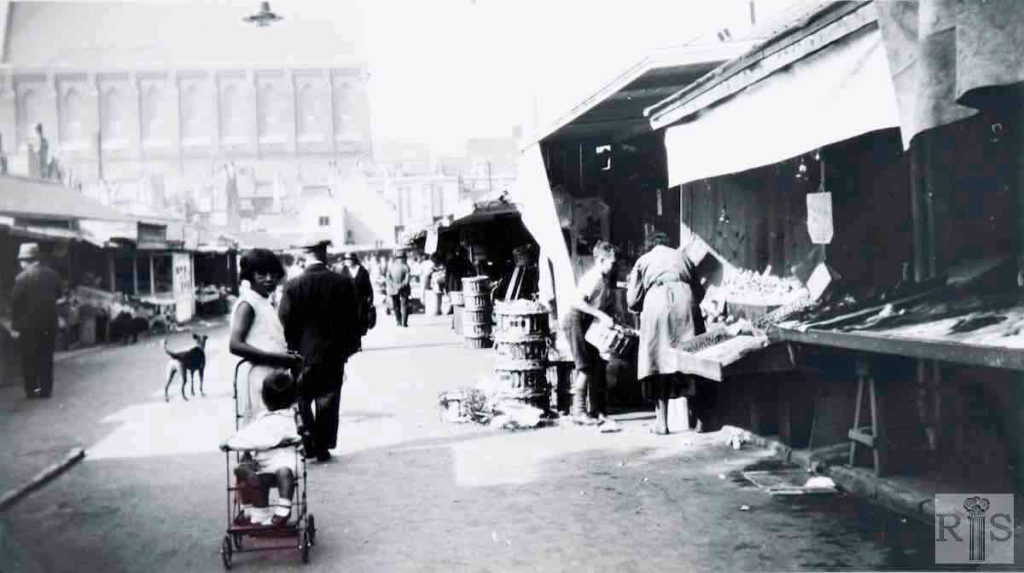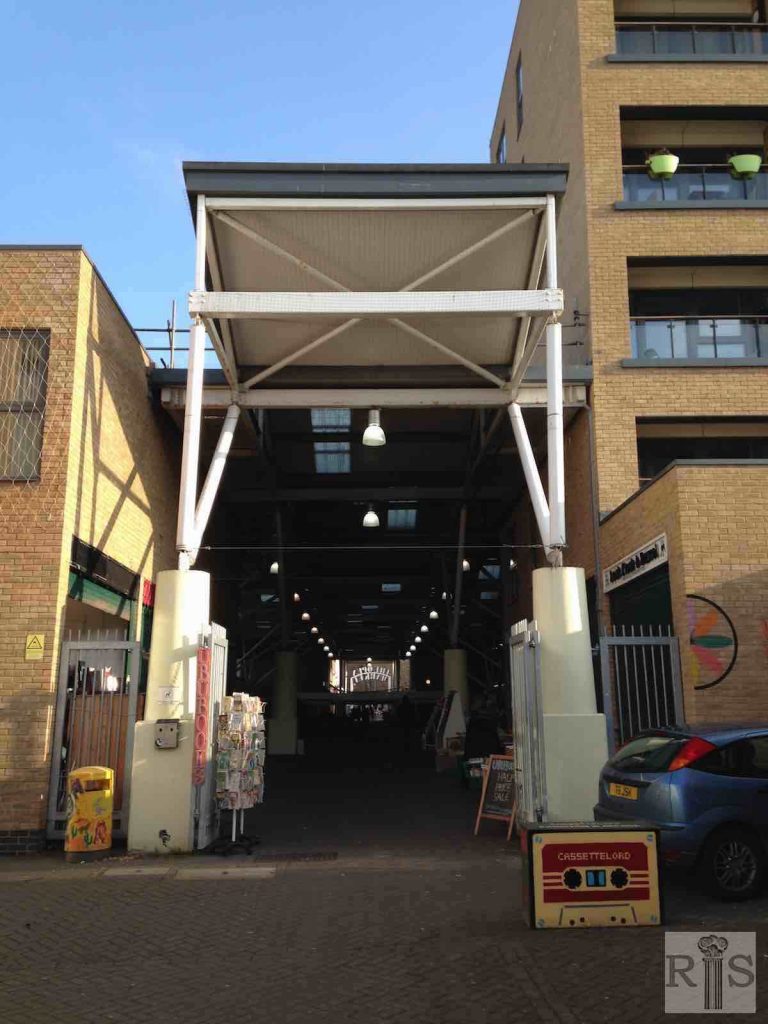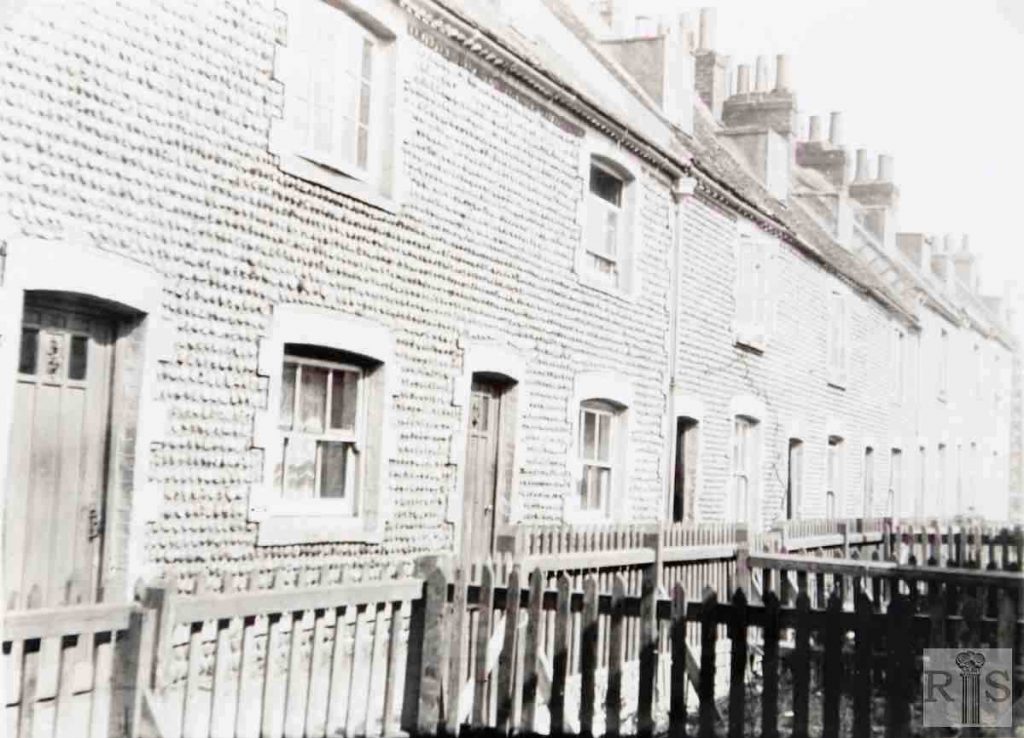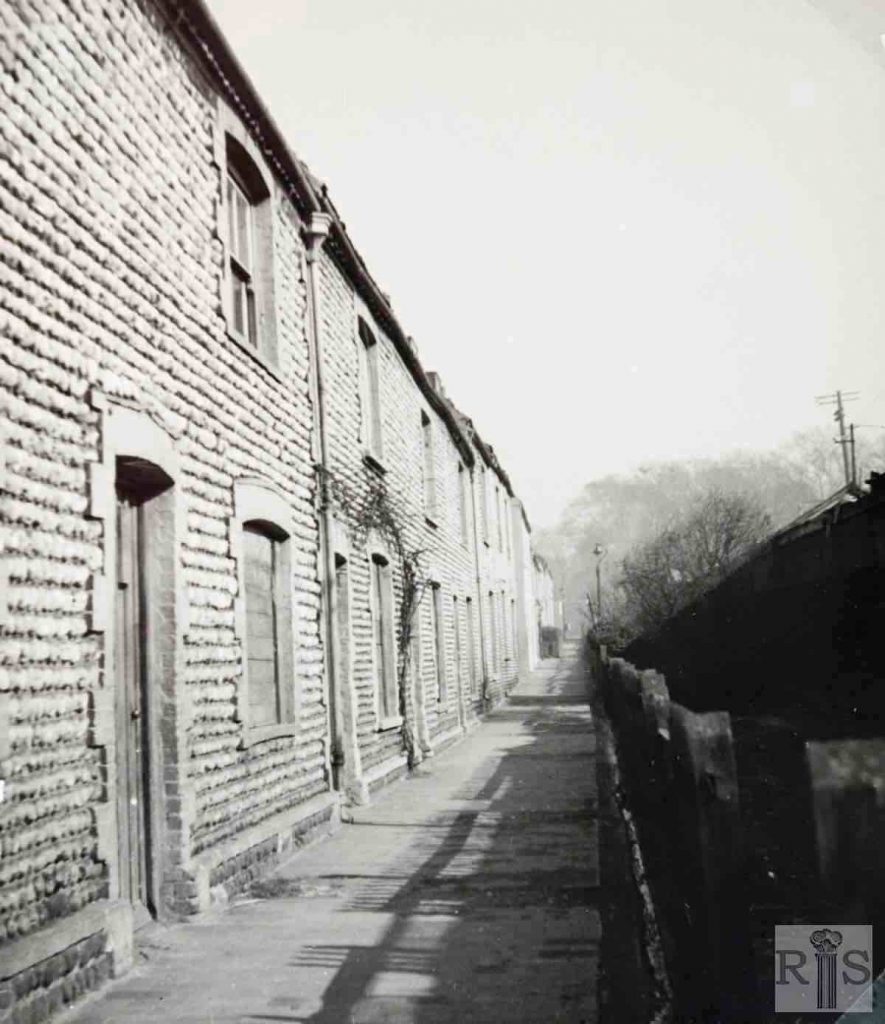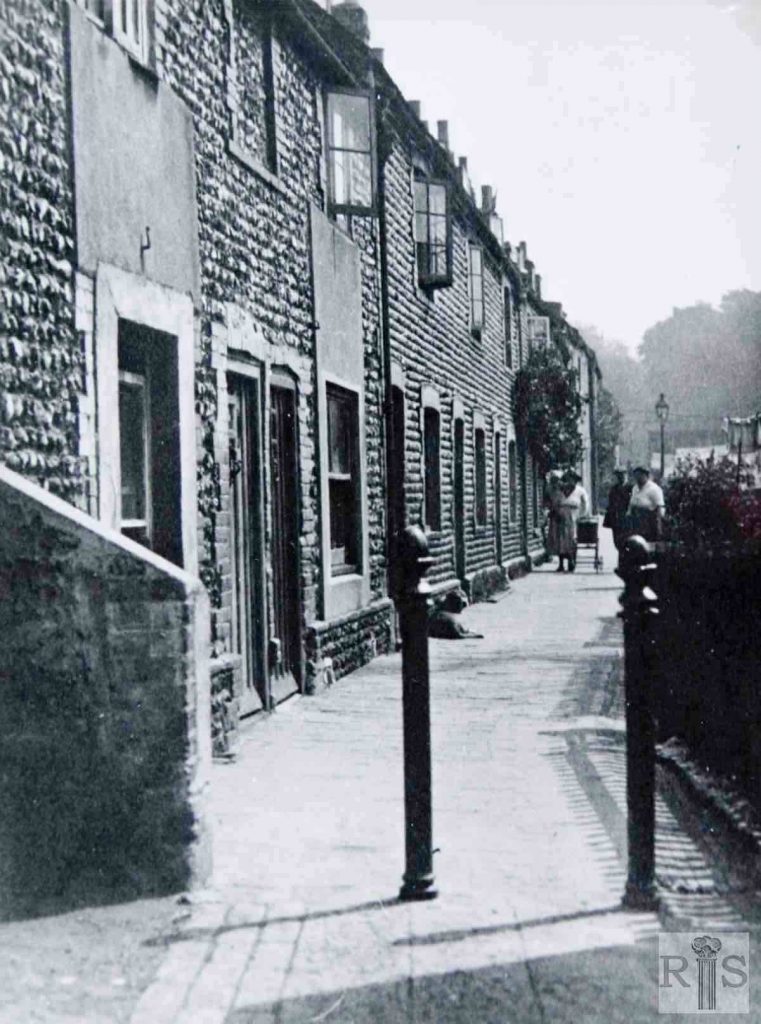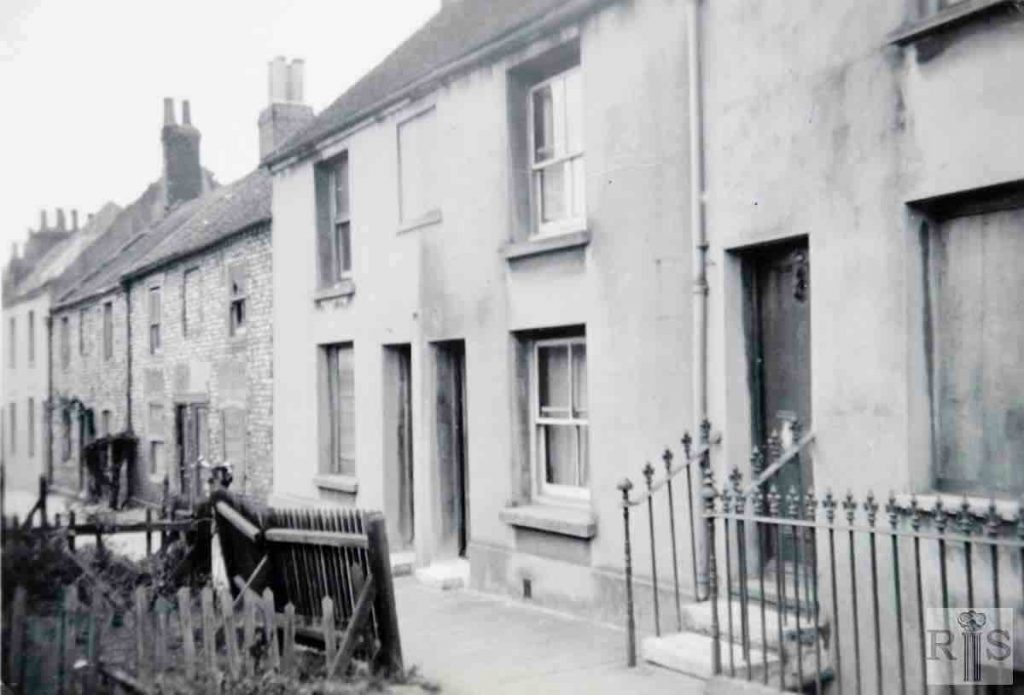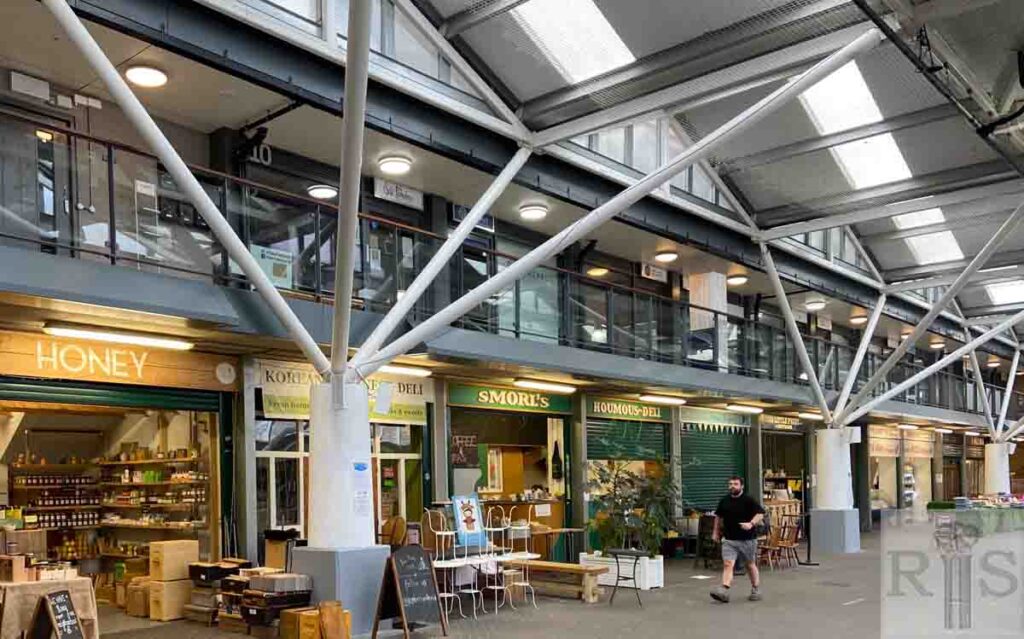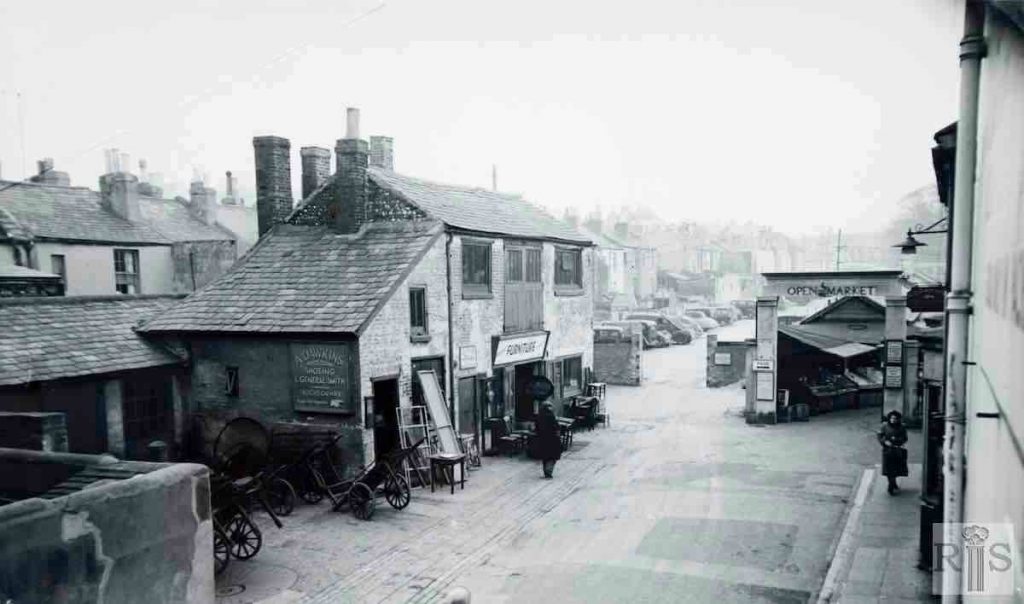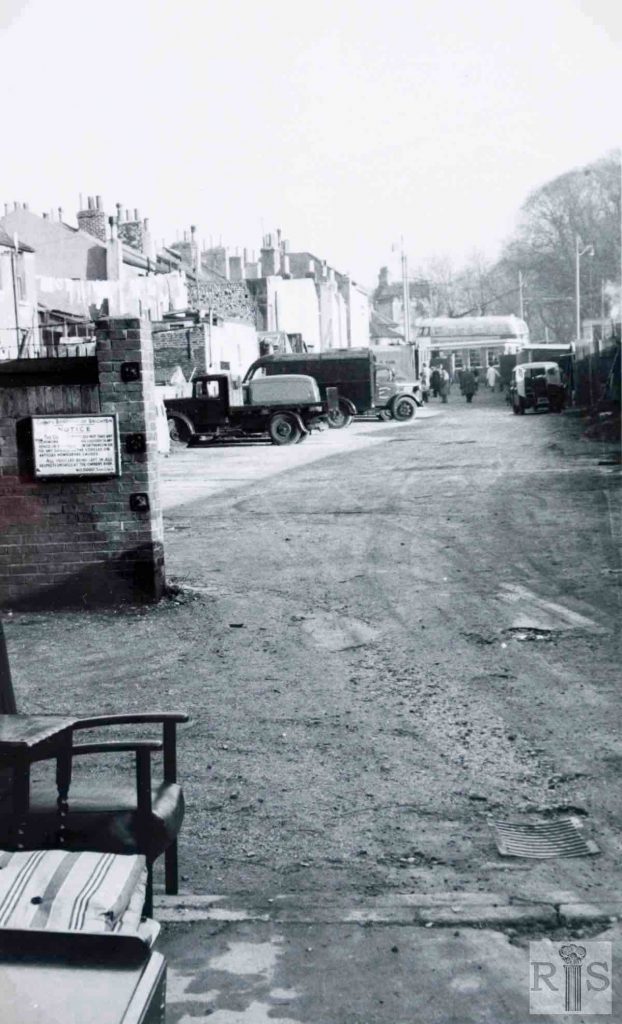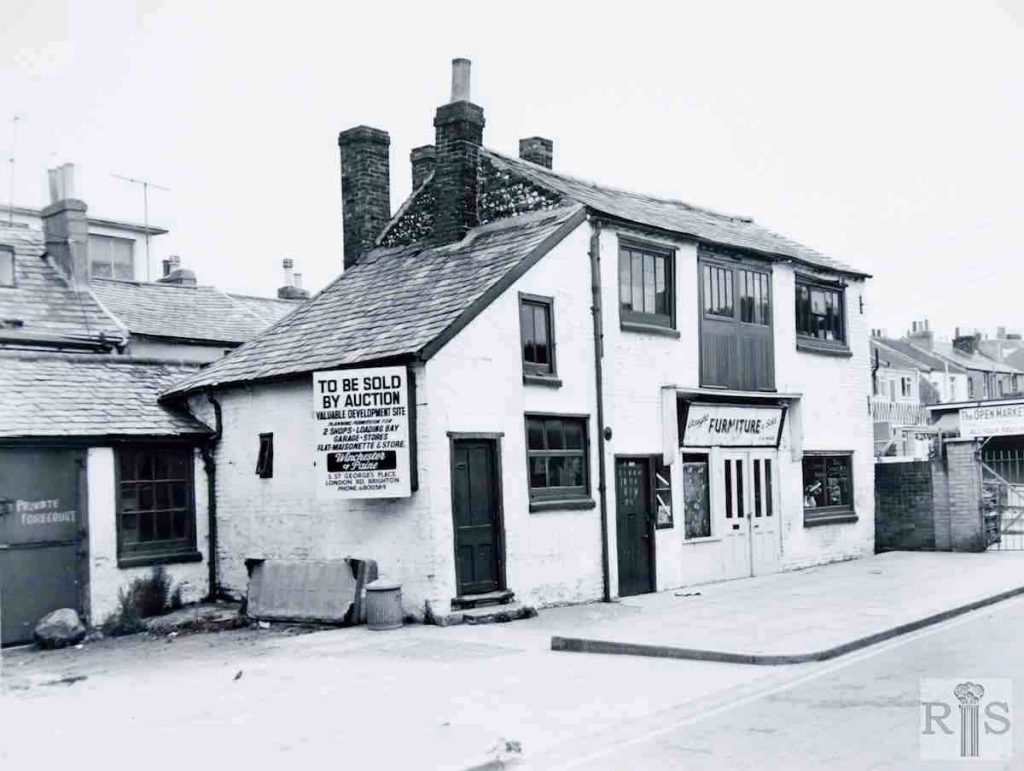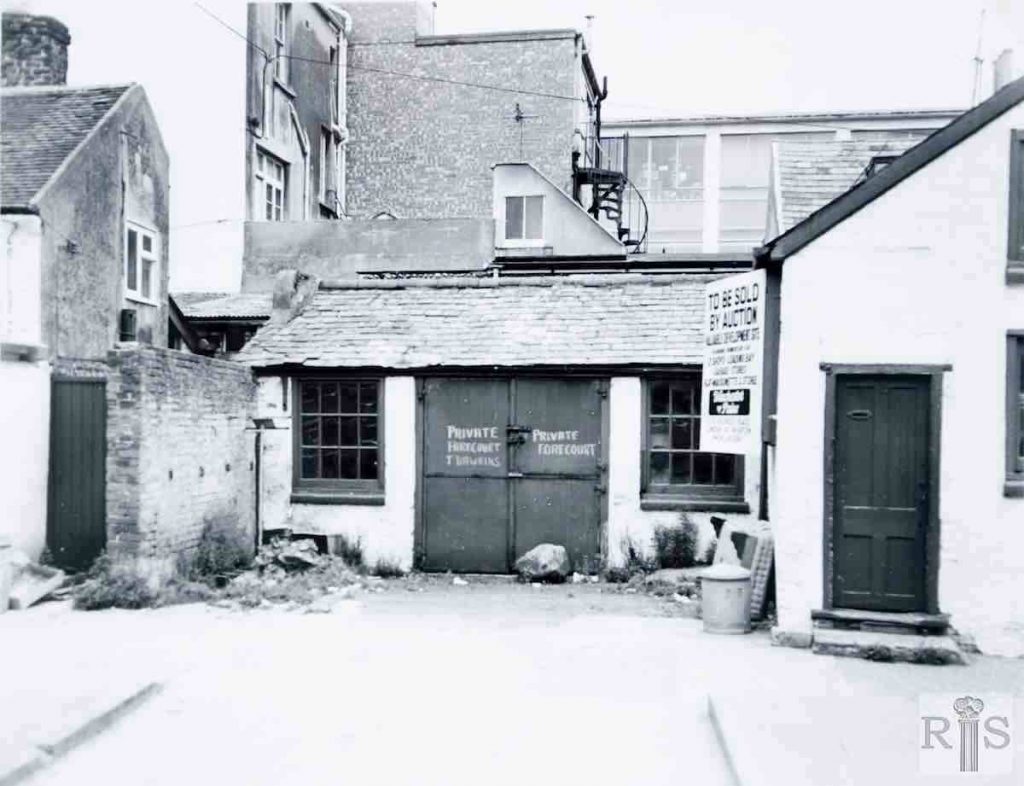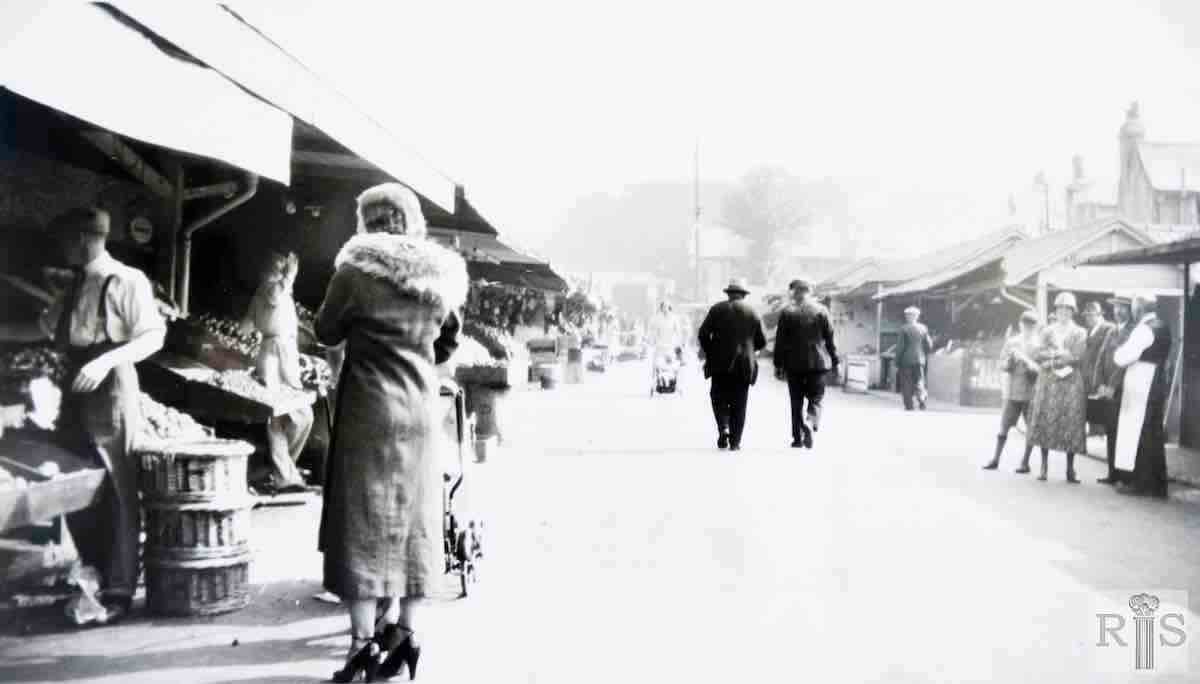
James Gray: Three scenes [jgc_10a_045, 046 and 047] in the Open Market September 1933. This covered a much smaller area than the present Market as it was built on what was previously the gardens in front of Marshall’s Row flanked by the houses of Francis Street to the south. It sufficed until the houses of Marshall’s Row were removed in 1938, resulting in a much larger area becoming available. jgc_10a_045
James Gray: See caption for jgc_10a_045 above. Additional Information: Note the baskets used then for fruit and vegetables. jgc_10a_046 and jgc_10a_047
2018: Marshall’s Row is still the site of the Open Market, completely rebuilt in 2014 incorporating housing and workshops as well as market stalls. (Photographer: Mary Nixon)
James Gray: [Top left.] No comment. jgc_ 10a_035
James Gray: [Top right.] This row of old flint cottages formerly ran from London Road to Ditchling Road. Built in the early 1830s they were named after the builder, Mr John Marshall. Originally, long front gardens extended to the backs of the house in Francis Street, but in 1926 the Open Market was established on the site of these gardens. The houses were demolished in 1938, since when the site has been derelict. jgc_10a_062
James Gray: [Middle left.] View of the row from the London Road end, in 1923. This affords a glimpse of the long gardens, which faced the old cottages, and on which, a few years later, was built the Open Market. jgc_10a_064
James Gray: [Middle right.] Although those at the west end were all traditional flint cottages, some of the cottages at Ditchling Road end were of quite different design, one even having a basement, as can be seen in the above photographs, dating from 1938. jgc_10a_065
James Gray: [Bottom right.] [See caption for jgc_10a_065 above.] jgc_10a_066
James Gray: [Bottom left.] The western end of the Row, looking towards London Road and St Bartholomew’s Church 3 August 1938, a short while before three old flint houses were swept away for an extension of the Open Market. jgc_10a_071
2019: After several iterations of a market on the site of these houses, a covered market with lockable shops and studios and a plaza for stalls and events was created in 2014. (Photographer: Kate Ormond)
James Gray: In contrast to the photographs on the previous page, look at the derelict scene some 20 years later. After the removal of the cottages, no better use could be found for the site than to use it as parking space for cars and lorries. The only link with the old Row is the shoeing smith’s premises seen in this photograph, which remained for some years. It is now mooted to rebuild the Open Market, which should be some improvement. jgc_10a_067
James Gray: [See caption jgc_10a_067 above] jgc_10a_068
James Gray: The old forge and adjoining buildings, empty and awaiting sale on 21 July 1968. Although outwardly somewhat changed they were as old as the other buildings in the Row, built early in the 1830s by John Marshall. Almost certainly they were used by shoeing smiths from the start, and they are shown as such in Leppard’s Directory for 1845 when the smith was Clarke Packham. The last of the smiths was Arthur Dawkins whose family occupied the premises for more than 70 years. jgc_10a_069
James Gray: [See caption for jgc_10a_069 above] jgc_10a_070
